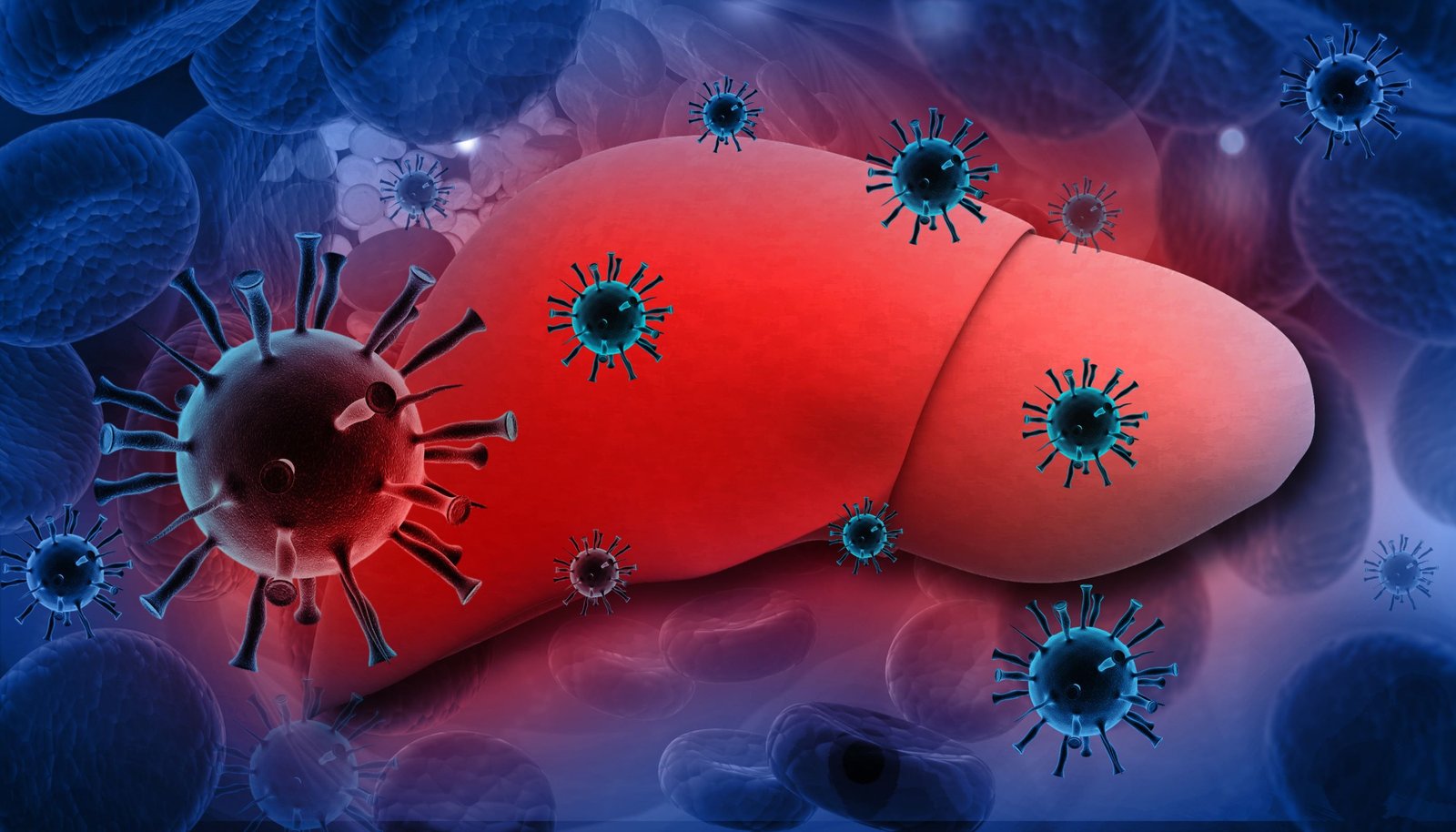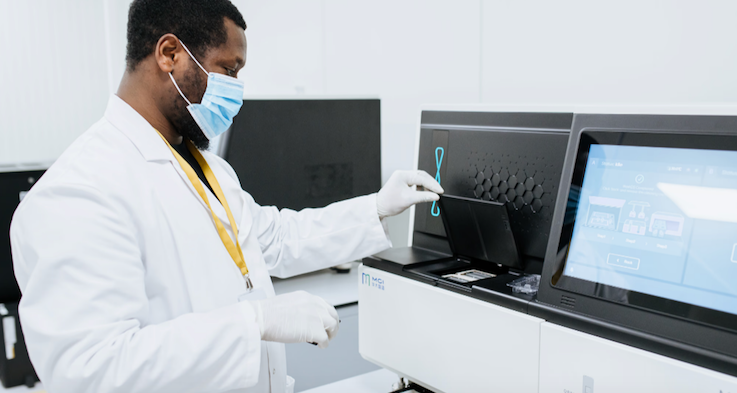Dendritic cells behind immune responses discovered
17 July 2012 | News | By BioSpectrum Bureau
Dendritic cells behind immune responses discovered
Singapore: Scientists at A*STAR's Singapore Immunology Network (SIgN), in collaboration with Newcastle University, UK, the Singapore Institute of Clinical Sciences and clinicians from multiple hospitals in Singapore, have identified a new subset of dendritic cells (DCs) in human peripheral tissue which have a critical role in activating our immune response against harmful pathogens. This research will have significant impact on the design of vaccines and other targeted immunotherapies. The scientists also showed for the first time that DC subsets are conserved between species, facilitating the translation of mouse functional DC studies to the human setting.
All immune responses against harmful pathogens are activated and regulated by DCs, which present antigens (protein components from micro-organisms, vaccines or tumours) to the T cells. Of the different T cells, the cytotoxic CD8+ T cells specialize in cell-killing response and are crucial for our body to eliminate cancer or infected cells. However, only a small subset of DCs is capable of presenting externally derived antigens to activate this cell-killing response through a process termed "cross-presentation". The identity of this subset of DCs in human tissue has been a mystery but the SIgN scientists and collaborators have now identified the human cross-presenting DC subset. This discovery enables better exploitation of targeted vaccine strategies to treat cancer and infection.
Dr Florent Ginhoux, principal investigator at SIgN and his collaborators, identified in human tissues, including dermis, lung and liver, a new subset of DCs, called CD141hi DC and described its genetic signature. They also showed for the first time that CD141hi DCs were superior at cross-presenting soluble antigens compared to other DCs to activate the killer T cells. The scientists also carried out a comparison of human and mouse DC subsets and demonstrated that there was close alignment of the DC subsets between species. Functional alignment of human and mouse DC subsets had previously been hampered by differences in surface marker expression and accessibility of equivalent sources.
Dr Ginhoux, said, "This was technically very challenging work as we only had limited quantities of human tissue samples and limited amount of cells to work with. But we managed to obtain the full gene expression profile of tissue DC, including for this new CD141hi DC subset. This knowledge will be fundamentally important in learning how to manipulate immune responses to tumors, viruses and vaccines. Importantly, we were very fortunate to have an incredible bioinformatics team in SIgN to perform the intra and interspecies analysis of DCs from human and mouse samples. Our findings will allow scientists to draw clear inferences between mouse and human DC biology."
Scientific Director of SIgN Professor Paola Castagnoli said, "These findings will facilitate translation of basic research into clinical applications such as future rational vaccine design and targeted immunotherapies. This is a fine example of how scientists and clinicians collaborate to carry out impactful research and benefit people."












